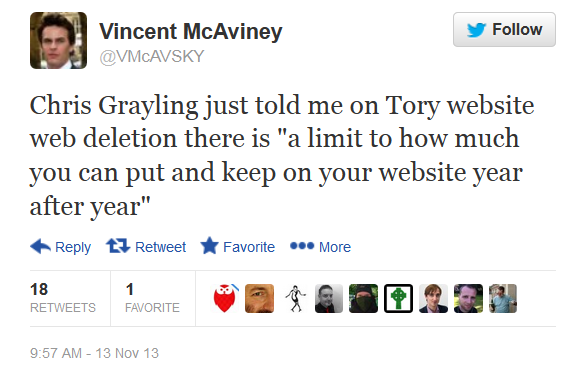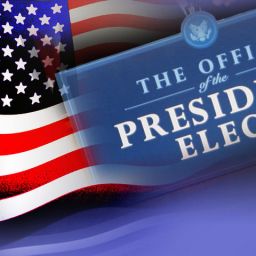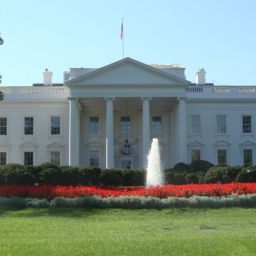by Raizel Liebler

Frequently the removal is due to a copyright claim, and even Larry Lessig has faced a copyright claim leading to a video being removed from YouTube, despite fair use. All of us rely on YouTube to serve as an archive for videos, mostly because it is so easy to use.
One of the most important roles that YouTube serves is as a portal for government information. As Siva Vaidhyanathan said in 2009 in Talking Points Memo (though no longer available there!):
… there is no clear reason for the government to solidify YouTube’s market dominance. In fact, there is no reason why the GSO could not mandate that all federal agencies post their videos in open forms — accessible, repostable, and mashable — on their own sites.
Then We the People could repost them on YouTube with commentary and maybe some cartoon graphics mixed in. Better yet, because .gov can’t deal with the bandwidth demands of too many folks pulling down popular videos, the federal government should post open format video as bittorrent files.
And while there is an official US government YouTube channel, there are no videos on it from before four years ago. And as I said before,
While there is much government information on YouTube, what happens if the company goes out of business? Free Government Information ponders whether
agencies that rely on YouTube as a channel of communication keeping copies of the videos they post there? Would they make them available through another channel? What if … libraries had copies?
Relying on private companies — like Google, like YouTube, … — to give us access to government information — leaves us without options if these access points disappear.
We have examples of government information disappearing from YouTube because it is embarrassing, not on message, or the kryptonite to archiving, too old!

Making the videos available was supposed to be part of an age of government transparency, but according to Christopher Grayling, the British Conservative Party politician who is the Lord Chancellor and Secretary of State for Justice, there is “a limit to how much you can put and keep on your website year after year” I’ma just going to let that stew for awhile. Has he never heard of archiving?
But who are Americans to critique? The Bush Administration version of the White House website is only available on archive.org — and the Obama administration switched over the website immediately with nary a link to the old version. But that is just how it is done with every switchover, because this is a political decision, not an archiving/public information decision.
While these UK videos are available elsewhere on UK Web Archive, a project run by the British Library to archive British websites, they weren’t available on archive.org. Because robot.txt. Yes, robot.txt was added to the new Conservative website so videos can’t even be archived. However, now due to publicity, it has been removed.
This is another example of why it is so important for government transparency for government information to truly be available to the public, in the United States, the UK, and beyond. We cannot rely on YouTube or political parties to make this important information available to us all.




